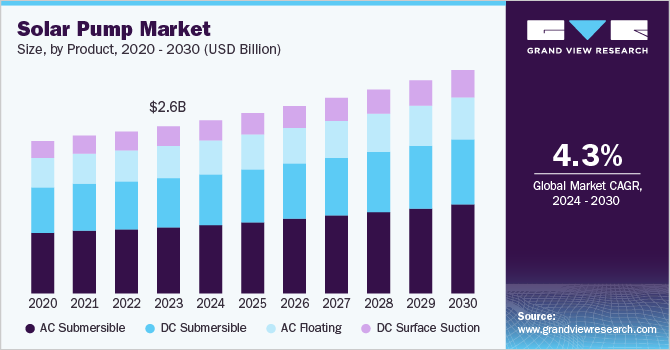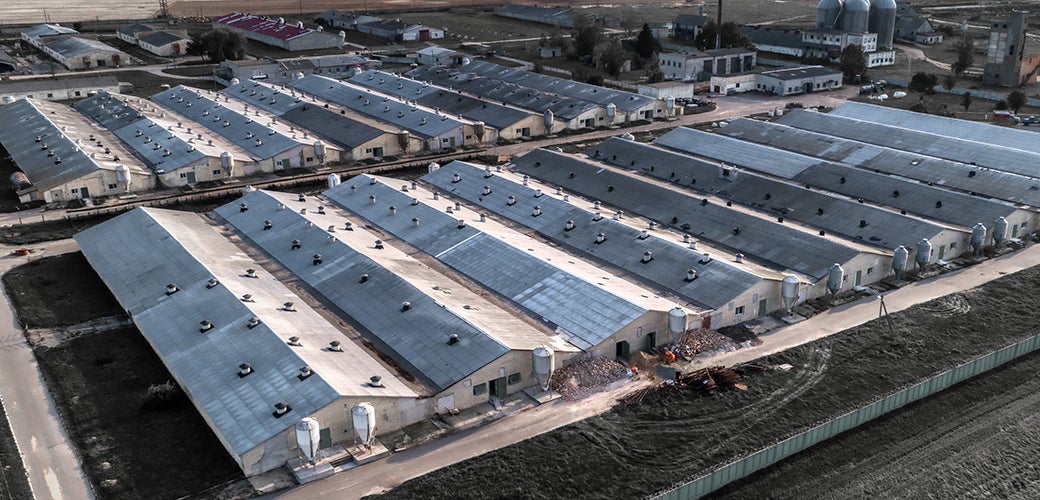Industry News
Global Trends in Industrial Control & Solar Water Pump Inverters (2025 Outlook)
Times:2025-08-25 Views:193
The solar water pump inverter and industrial control market continues to expand, driven by technological innovation and demand for sustainable solutions.
🔧 Technology and Market Trends
-
Higher Efficiency: New materials such as silicon carbide (SiC) and gallium nitride (GaN) are improving inverter efficiency, reducing energy loss and maximizing solar utilization.
-
Smart Control: By 2025, solar water pump inverters will feature real-time monitoring, MPPT optimization, and IoT-based remote management.
-
Storage Integration: Coupling inverters with battery storage is increasingly common, enabling reliable water supply even during low sunlight.
-
Grid Participation: Smart inverters are evolving into active grid participants, supporting demand response and energy optimization.

🌱 Market Growth and Applications
-
Agricultural Focus: Agriculture remains the largest user segment, especially in rural irrigation. Programs such as India’s PM-KUSUM demonstrate strong government support.
-
Beyond Agriculture: Solar water pumps are gaining traction in municipal water supply and industrial applications.
-
Regional Growth: Demand is accelerating in Asia-Pacific, Africa, and North America, with global adoption expected to rise steadily.
-
Practical Example: Products such as Shenzhen HBDTECH’s PV550 solar water pump inverter illustrate how advanced solutions are being adopted to meet both agricultural and municipal needs.

⚠️ Industry Challenges
-
High Initial Costs: Upfront investment in solar modules, inverters, and installation remains a barrier for farmers and rural communities.
-
Sunlight Dependency: Efficiency drops in low sunlight, and while storage can offset this, costs are still significant.
-
Supply Chain Risks: Global trade policies and logistics disruptions continue to affect pricing and availability.
-
Skills Gap: Emerging markets face a shortage of trained technicians for installation and maintenance.
-
Financing and Local Resistance: In some regions, high capital costs and community resistance to large projects remain obstacles.
-

🚀 Strategic Outlook
-
Competitive Landscape: Growing market entry is driving innovation and broader product portfolios.
-
Financing Innovation: Subsidies, low-interest loans, and leasing models are helping overcome investment barriers.
-
Sustainable Growth: Long-term development will depend on continuous innovation, regulatory adaptation, and evolving customer demand.









